Home>diy>Building & Construction>What Is Hauling In Construction
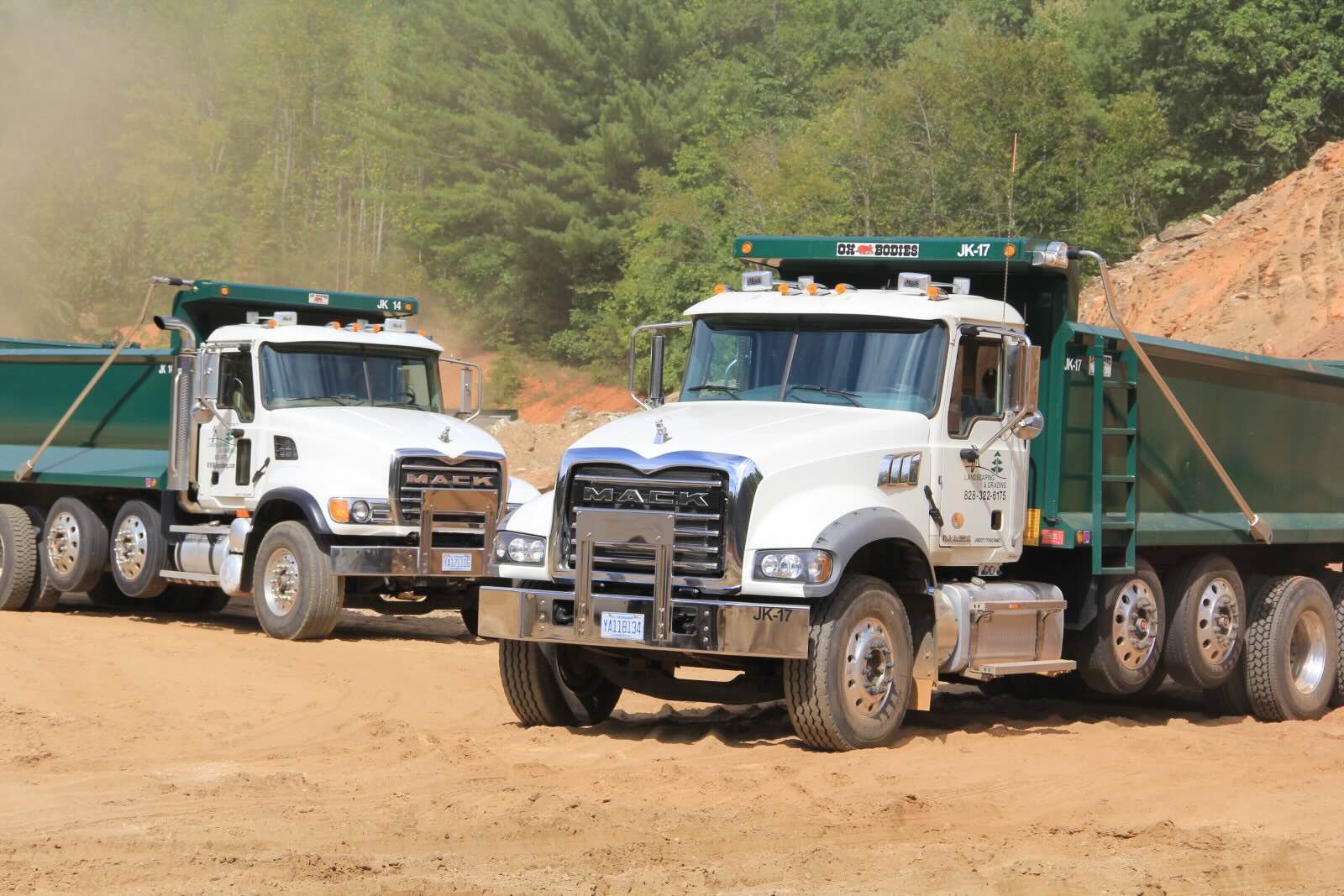

Building & Construction
What Is Hauling In Construction
Modified: December 7, 2023
Learn the importance of hauling in building construction and how it contributes to the progress and efficiency of construction projects. Gain insights into the various methods and equipment used in construction hauling.
(Many of the links in this article redirect to a specific reviewed product. Your purchase of these products through affiliate links helps to generate commission for Storables.com, at no extra cost. Learn more)
Introduction
Construction projects involve a multitude of tasks, from laying foundations to erecting structures. One crucial aspect of the construction process that often goes unnoticed is hauling. Hauling plays a significant role in construction projects, facilitating the transportation of materials, equipment, and debris to and from the construction site.
Hauling in construction refers to the process of moving heavy materials, such as aggregates, cement, steel, and equipment, from one location to another. This transportation is an essential component of the construction workflow, as it ensures the smooth progress of the project.
Efficient hauling is vital for timely project completion. Without proper hauling capabilities and equipment, construction sites could face delays, increased costs, and even compromised safety. Therefore, understanding the importance of hauling in construction projects is crucial for contractors, project managers, and construction teams.
This article aims to shed light on the significance of hauling in construction and provide insights into common types of hauling equipment, factors to consider in hauling operations, best practices for efficient hauling, and the challenges and risks associated with hauling in construction projects.
By capturing the essence of hauling in construction, we hope to enhance your understanding of this critical process and equip you with the knowledge to effectively manage and optimize hauling operations in your construction projects.
Key Takeaways:
- Efficient hauling is vital for timely completion of construction projects, ensuring the availability of materials, optimal resource allocation, and safe, organized work environments.
- Challenges in hauling, such as traffic congestion and weather conditions, require proactive risk mitigation strategies to ensure smooth and secure transportation operations.
Read more: How To Haul A Mattress In A Pickup
Definition of Hauling in Construction
Hauling in construction refers to the transportation of materials, equipment, and debris to and from a construction site. It involves moving heavy loads over short or long distances, both on-site and off-site, ensuring that all necessary resources are delivered to the right place at the right time. Hauling is a fundamental part of the construction process, facilitating the movement of materials from suppliers and storage areas to the construction site and, in some cases, hauling away waste and debris.
The materials typically hauled in construction projects include aggregates like sand, gravel, and crushed stone; cement and concrete; steel beams and other structural elements; lumber and other building materials; heavy machinery and construction equipment; and waste and debris generated during the construction process.
Hauling in construction can be classified into two categories: inbound and outbound hauling. Inbound hauling involves the transportation of materials, equipment, and supplies from suppliers and storage areas to the construction site, ensuring a constant flow of resources needed for the construction process. Outbound hauling, on the other hand, involves the removal of waste, debris, and unused materials from the construction site to designated disposal sites or recycling facilities.
Efficient and effective hauling is crucial for the success of construction projects. It ensures that all materials and equipment are available when needed, minimizing delays in the construction timeline. Proper hauling also contributes to the overall productivity of the construction site by providing the necessary resources to complete tasks efficiently. Additionally, hauling plays a significant role in maintaining a safe and organized work environment, as it helps in managing materials and reducing congestion on the site.
With the advancement of technology and the availability of various hauling equipment and vehicles, the hauling process in construction has become more sophisticated and streamlined. From dump trucks and flatbed trailers to specialized hauling equipment like cranes and forklifts, construction projects have a wide range of options to choose from to meet their specific hauling needs.
Understanding the definition and significance of hauling in construction is essential for contractors, project managers, and construction teams. By recognizing the role and importance of hauling, construction professionals can effectively plan, manage, and optimize their hauling operations, leading to increased efficiency, cost savings, and successful project completion.
Importance of Hauling in Construction Projects
Hauling plays a vital role in construction projects, contributing to their overall success and efficiency. Understanding the importance of hauling is crucial for contractors, project managers, and construction teams. Here are some key reasons why hauling is essential in construction projects:
- Transportation of Materials and Equipment: Hauling ensures the timely delivery of materials and equipment to the construction site. This includes aggregates, cement, steel, lumber, heavy machinery, and other essential resources. Proper and efficient hauling guarantees a constant flow of materials, eliminating delays in the construction process.
- Optimal Resource Allocation: Hauling helps in managing resources effectively by ensuring that materials and equipment are delivered where they are needed most. This prevents unnecessary stockpiling of materials at the site and minimizes the risk of materials being misplaced or lost. It also allows for better organization and utilization of available space at the construction site.
- Timely Project Completion: Efficient hauling is crucial for meeting project deadlines. By delivering materials and equipment on time, hauling helps contractors and construction teams stick to the construction schedule. This is especially important for time-sensitive projects, such as commercial developments or infrastructure projects, where any delay can have significant financial implications.
- Cost Savings: Proper planning and execution of hauling operations can lead to cost savings in construction projects. By optimizing routes and load capacities, contractors can minimize transportation costs. Additionally, efficient hauling reduces the need for excess inventory, as materials can be delivered just-in-time, avoiding storage costs and potential waste.
- Site Safety and Efficiency: Hauling contributes to maintaining a safe and organized construction site. By efficiently moving materials and equipment, hauling helps reduce congestion on the site, preventing accidents and injuries. Furthermore, proper hauling practices ensure that materials are stored in designated areas, reducing the risk of tripping hazards and improving overall site efficiency.
Overall, the importance of hauling in construction projects cannot be overstated. It is the backbone of the construction process, ensuring the availability of materials and equipment, optimizing resource allocation, and contributing to timely project completion. By recognizing the significance of hauling, construction professionals can plan and execute efficient hauling operations, leading to successful and cost-effective construction projects.
Common Types of Hauling Equipment
Construction projects rely on a variety of hauling equipment to transport materials, equipment, and debris. Each type of hauling equipment is designed for specific tasks and operates in different terrains and conditions. Here are some common types of hauling equipment used in construction:
- Dump Trucks: Dump trucks are the workhorses of hauling in construction. They come in various sizes and configurations, such as standard dump trucks, articulated dump trucks, and off-road dump trucks. Dump trucks feature a hydraulic lift mechanism that allows them to unload materials easily at the construction site. They are ideal for transporting aggregates, sand, gravel, dirt, and other loose materials.
- Flatbed Trailers: Flatbed trailers are versatile hauling equipment that can transport a wide range of materials and equipment. They have a flat, open platform without sides or roof, providing flexibility for loading and unloading bulky and oversized items. Flatbed trailers are commonly used for transporting large machinery, steel beams, lumber, and precast concrete elements.
- Crane Trucks: Crane trucks combine hauling and lifting capabilities, making them essential for construction projects that require heavy lifting. They feature a hydraulic crane mounted on the truck chassis, allowing for the loading and unloading of heavy equipment and materials. Crane trucks are often used to transport construction materials, precast elements, and machinery to elevated locations.
- Forklifts: Forklifts are specialized hauling equipment used to lift and move heavy loads within a construction site or between different levels of a building. They are equipped with forks that can slide under loads, enabling them to lift and transport palletized materials, containers, and equipment. Forklifts are commonly used in warehouses, storage areas, and construction sites with limited space.
- Transporter Trailers: Transporter trailers, also known as lowboy trailers, are designed to transport oversized and overweight loads. They have a low profile and a specialized loading ramp that allows for easy loading and unloading of heavy equipment, such as bulldozers, excavators, and cranes. Transporter trailers are commonly used in heavy construction projects and mining operations.
- Tippers: Tippers, also called tipper trucks or tipper trailers, have a hydraulic mechanism that allows the entire cargo bed to be tilted, facilitating the easy dumping or unloading of materials. Tippers are used for hauling loose materials, such as aggregates, sand, and debris, and are commonly found in construction sites, quarries, and mining operations.
These are just a few examples of the hauling equipment commonly used in construction projects. Depending on the project’s requirements, contractors may also employ specialized equipment, such as side dump trailers, belt trailers, or vacuum trucks, to meet specific hauling needs. Selecting the appropriate hauling equipment is crucial for ensuring efficient and safe transportation of materials and equipment throughout the construction process.
When hauling in construction, always ensure that the weight of the load is within the capacity of the vehicle and that the load is properly secured to prevent shifting during transport.
Factors to Consider in Hauling Operations
Efficient and successful hauling operations in construction projects require careful planning and consideration of various factors. Taking these factors into account can help ensure smooth and safe transportation of materials, equipment, and debris. Here are some key factors to consider in hauling operations:
- Load Capacity and Weight Restrictions: Understanding the load capacity and weight restrictions of hauling equipment is essential to avoid overloading and potential safety hazards. Different hauling vehicles have specific weight limits, and exceeding these limits can put stress on the vehicle and compromise stability and maneuverability.
- Route Planning and Traffic Conditions: Planning the most efficient routes for hauling is crucial for avoiding delays and optimizing fuel consumption. Factors such as road conditions, traffic patterns, and restrictions (such as low bridges or weight-restricted areas) should be considered when selecting the hauling route. Utilizing GPS and traffic monitoring systems can help identify the best routes in real-time.
- Scheduling and Delivery Timelines: Coordination of hauling operations with the construction schedule and delivery timelines is crucial for project efficiency. Materials and equipment should be delivered according to the project’s needs, ensuring they are available when required, minimizing downtime, and preventing delays in the construction process.
- Proper Load Securement: Ensuring that materials and equipment are properly secured on hauling vehicles is vital for safety during transportation. Improper load securement can lead to shifting or falling of loads, posing risks not only to the hauler but also to other road users. Utilizing appropriate straps, chains, and tie-downs, as well as following industry guidelines, is essential.
- Weather and Environmental Conditions: Weather conditions, such as rain, snow, or high winds, can affect hauling operations. It is important to consider these factors when planning the transportation of materials and equipment, as adverse weather can impact road conditions and jeopardize the safety of the hauling process.
- Hazardous Materials Regulations: Hauling hazardous materials requires adherence to specific safety regulations and compliance with local, state, and federal laws. Transporting chemicals, flammable substances, or other hazardous materials necessitates proper labeling, handling, and knowledge of emergency response protocols.
- Safety Precautions and Training: Ensuring the safety of hauling operations is paramount. Proper training for drivers and operators, adherence to safety protocols, and regular inspection and maintenance of hauling equipment are critical to prevent accidents, minimize risks, and promote a safe work environment.
Considering these factors in hauling operations can help contractors and construction teams optimize their transportation processes, prevent disruptions, and ensure the successful and efficient delivery of materials, equipment, and debris in construction projects.
Read more: What Is Pre-Construction In Construction
Best Practices for Efficient Hauling in Construction
Efficient hauling operations are essential for the success of construction projects. By implementing best practices, contractors and construction teams can optimize their hauling processes, improve productivity, and minimize delays. Here are some key best practices for efficient hauling in construction:
- Proper Planning and Coordination: Thoroughly plan and coordinate hauling activities in alignment with the construction schedule and project requirements. This includes determining the right quantities of materials needed, scheduling deliveries, and coordinating with suppliers, subcontractors, and other stakeholders involved in the hauling process.
- Optimal Route Selection: Evaluate and select the most efficient and cost-effective routes for hauling. Consider factors such as distance, road conditions, traffic patterns, and weight restrictions. Utilize mapping tools and real-time traffic information to identify the best routes and avoid unnecessary detours or congested areas.
- Maximize Load Capacity: Make the most of available hauling equipment by maximizing load capacity. Properly calculate and distribute the load to ensure the vehicle is utilized to its full potential while staying within weight limits. Avoid underloading or overloading, which can lead to inefficient fuel consumption and potential safety risks.
- Effective Load Securement: Ensure that all materials and equipment are appropriately secured on hauling vehicles. Utilize proper straps, chains, and other tie-downs to prevent shifting or falling of loads during transportation. Regularly inspect and maintain the load securement equipment to ensure its effectiveness.
- Maintain Hauling Equipment: Regularly inspect and maintain hauling equipment to minimize breakdowns and downtime. Adhering to manufacturer’s guidelines for servicing and maintenance helps keep vehicles in optimal condition, ensuring safe and efficient operation. Conduct routine inspections of tires, brakes, hydraulic systems, and other critical components.
- Invest in Technology: Embrace technology solutions that can streamline hauling operations. GPS navigation systems can assist in real-time route optimization, tracking, and fuel management. Electronic logging devices (ELDs) can help track hours of service and ensure compliance with transportation regulations. Digital documentation and communication tools can improve efficiency in record-keeping and coordination.
- Promote Communication and Collaboration: Foster effective communication and collaboration among all stakeholders involved in hauling operations, including drivers, project managers, subcontractors, and suppliers. Clear communication channels ensure smooth coordination, timely updates, and troubleshooting, reducing the likelihood of miscommunication and delays.
- Monitor and Evaluate Performance: Continuously monitor and evaluate the performance of hauling operations to identify areas for improvement. Measure key performance indicators such as on-time delivery, fuel consumption, and maintenance costs. Use the insights gained to adjust strategies, implement process improvements, and optimize efficiency.
By implementing these best practices, construction projects can benefit from efficient hauling operations, reduced costs, improved productivity, and timely completion. Incorporating these practices into project management strategies ensures that hauling operations are optimized and contribute to the overall success of construction projects.
Challenges and Risks in Hauling Operations
Hauling operations in construction projects come with their fair share of challenges and risks. Being aware of these challenges and taking proactive measures to mitigate risks is crucial for ensuring the safety and success of hauling operations. Here are some common challenges and risks associated with hauling in construction:
- Traffic Congestion: Hauling vehicles often operate in busy urban areas, where traffic congestion can cause delays and impact the efficiency of transportation. Heavy traffic can increase travel time, affect delivery schedules, and potentially lead to accidents or unsafe driving conditions.
- Weather Conditions: Inclement weather such as rain, snow, or ice can pose significant challenges for hauling operations. Slippery road conditions, reduced visibility, and poor traction can affect the stability and control of hauling vehicles, compromising safety and causing delays in transportation.
- Load Securement: Improper load securement is a hazard in hauling operations. Inadequate securing of materials and equipment can lead to shifting or falling of loads, posing risks not only to the hauler but also to other road users. It is essential to follow proper load securing protocols, use appropriate strapping, chains, and tie-downs, and regularly inspect load securement equipment.
- Equipment Breakdowns: Hauling vehicles and equipment are subject to wear and tear, and breakdowns can occur unexpectedly. Mechanical failures or breakdowns can result in delays, increased costs, and potential safety hazards. Proper maintenance, routine inspections, and having contingency plans in place can help mitigate the risk of equipment breakdowns.
- Worksite Accessibility: Construction sites may have limited access points or challenging terrain, such as uneven surfaces or narrow paths. This can make it difficult for hauling vehicles to maneuver and transport materials, leading to logistical challenges and potential delays.
- Health and Safety Risks: Hauling operations involve potential health and safety risks. Workers involved in loading and unloading materials may be exposed to physical strain, falling objects, or hazardous materials. Proper training, adherence to safety protocols, and the use of personal protective equipment (PPE) are essential to minimize these risks.
- Regulatory Compliance: Hauling operations must comply with local, state, and federal regulations, including weight restrictions, permits, and transportation laws. Failure to adhere to these regulations can result in fines, penalties, or legal issues, and it is critical to stay updated with the latest regulations and ensure regulatory compliance.
- Environmental Impact: Hauling operations can have an environmental impact due to vehicle emissions, noise pollution, and potential spills or leaks of hazardous materials. Implementing eco-friendly practices, utilizing fuel-efficient vehicles, and proper waste management are crucial to minimize the environmental footprint of hauling operations.
By recognizing these challenges and risks, construction professionals can develop comprehensive risk mitigation strategies, prioritize safety measures, and implement best practices to ensure smooth and secure hauling operations in their construction projects.
Conclusion
Hauling is a crucial aspect of construction projects, facilitating the transportation of materials, equipment, and debris to and from the construction site. The success and efficiency of hauling operations directly impact the progress, cost, and safety of construction projects. By understanding the significance of hauling and implementing best practices, contractors and construction teams can optimize their hauling processes and overcome the challenges and risks associated with transportation.
The importance of hauling in construction projects lies in its role in facilitating the timely delivery of materials and equipment, optimizing resource allocation, and ensuring the completion of projects within schedule. Efficient hauling practices contribute to cost savings, improved productivity, and a safe work environment on the construction site.
Common types of hauling equipment, such as dump trucks, flatbed trailers, crane trucks, forklifts, and transporter trailers, cater to various transportation needs in construction projects. Selecting the appropriate hauling equipment is crucial for successful and efficient material and equipment transportation.
Factors to consider in hauling operations include load capacity, route planning, scheduling, load securement, weather conditions, hazardous materials regulations, and safety precautions. Adhering to these factors ensures smooth and safe transportation processes.
Implementing best practices in hauling operations, such as proper planning and coordination, optimal route selection, maximizing load capacity, effective load securement, equipment maintenance, technology utilization, and communication and collaboration, can contribute to efficient and successful hauling operations.
However, hauling operations also come with challenges and risks, including traffic congestion, weather conditions, load securement, equipment breakdowns, worksite accessibility, health and safety risks, regulatory compliance, and environmental impact. Being aware of these challenges and taking proactive measures to mitigate risks is essential for the safety and success of hauling operations.
In conclusion, understanding the importance of hauling in construction projects and implementing best practices while addressing challenges and mitigating risks are crucial for optimizing hauling operations. By doing so, construction professionals can ensure the smooth transportation of materials, equipment, and debris, leading to successful and efficient construction projects.
Frequently Asked Questions about What Is Hauling In Construction
Was this page helpful?
At Storables.com, we guarantee accurate and reliable information. Our content, validated by Expert Board Contributors, is crafted following stringent Editorial Policies. We're committed to providing you with well-researched, expert-backed insights for all your informational needs.


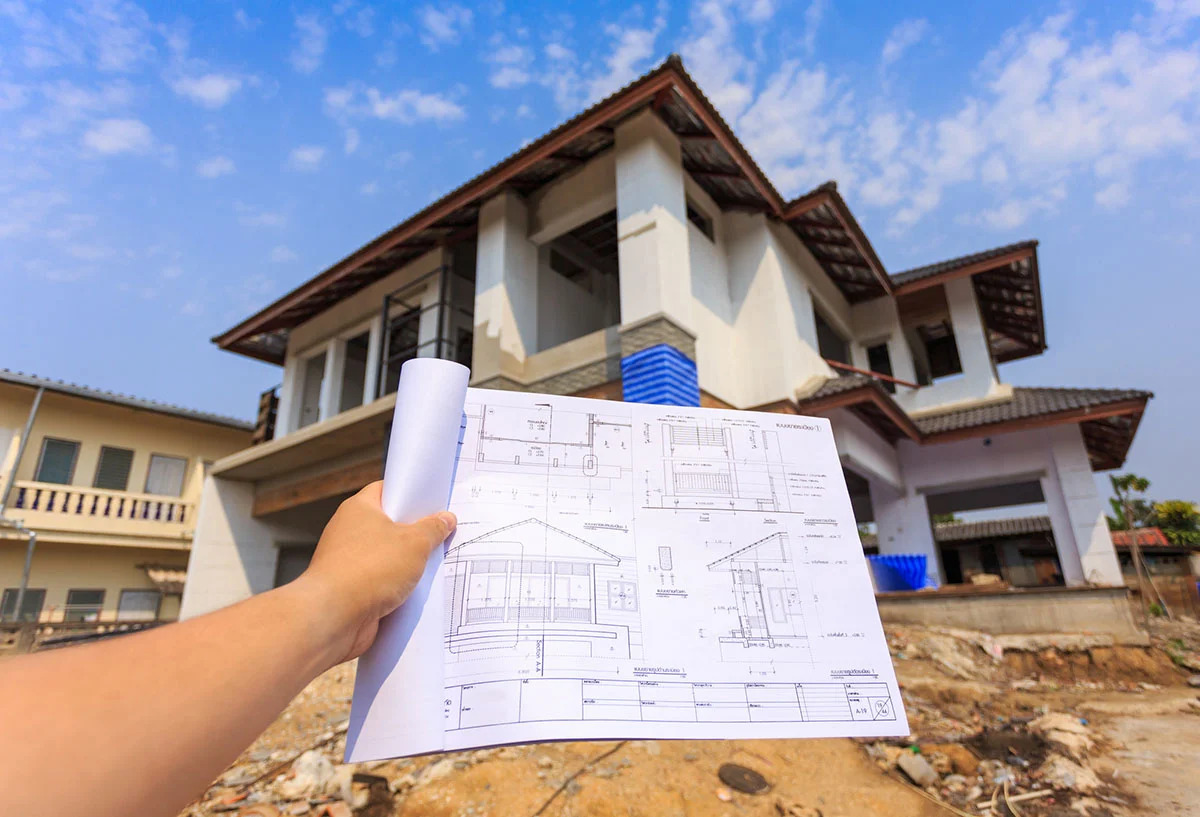

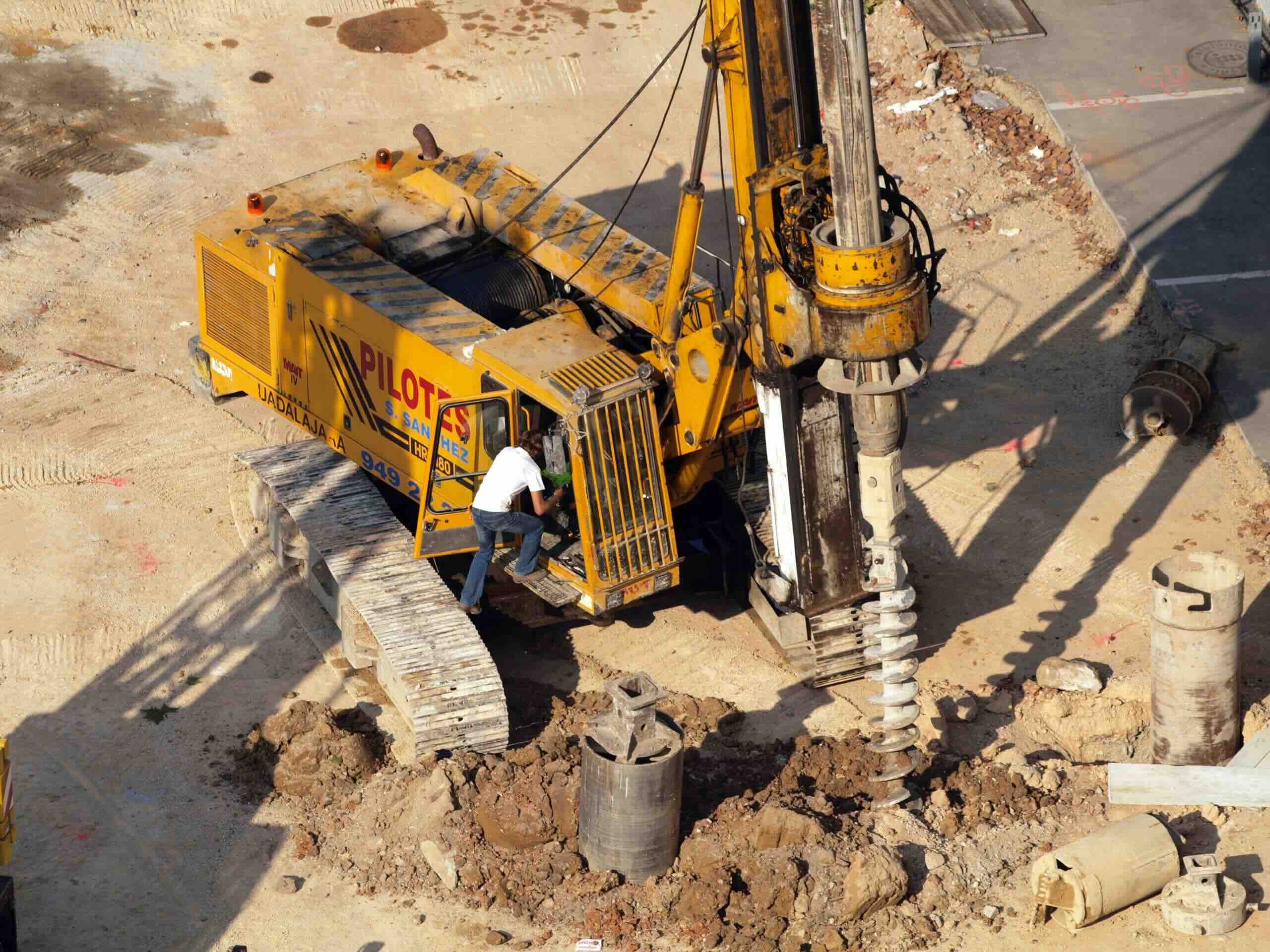
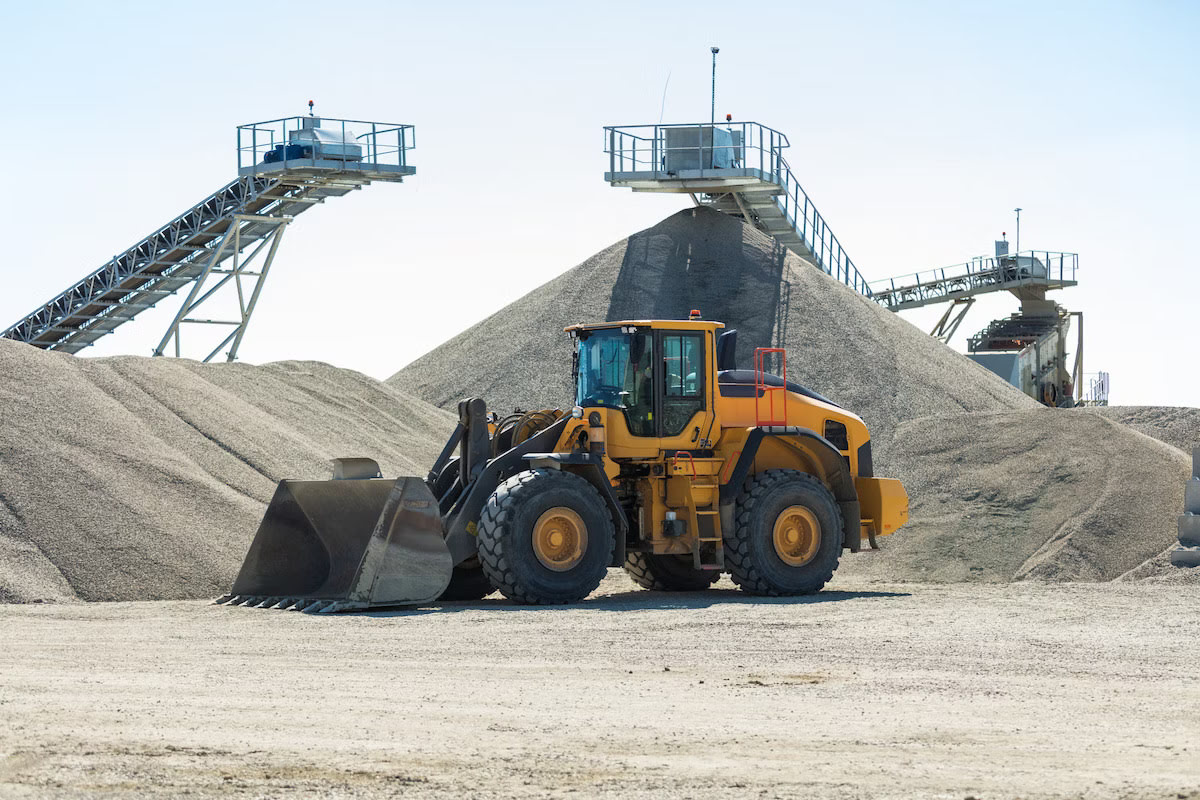

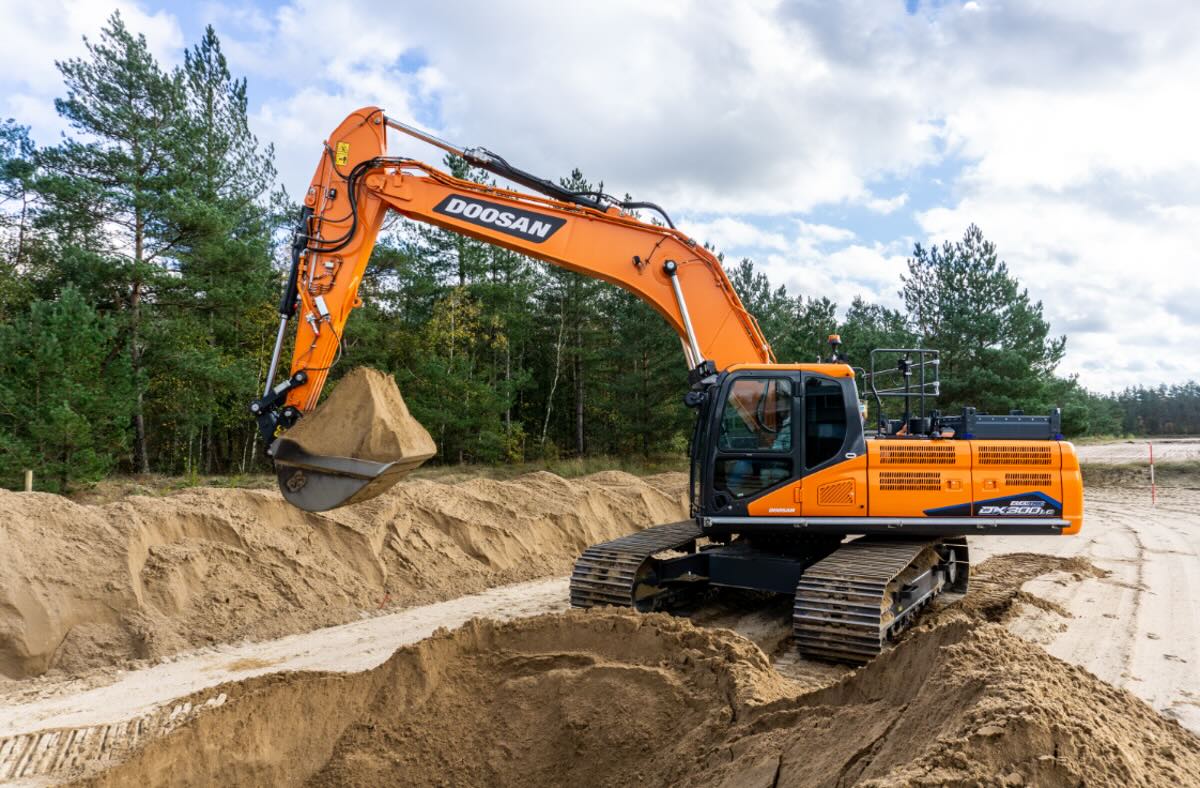




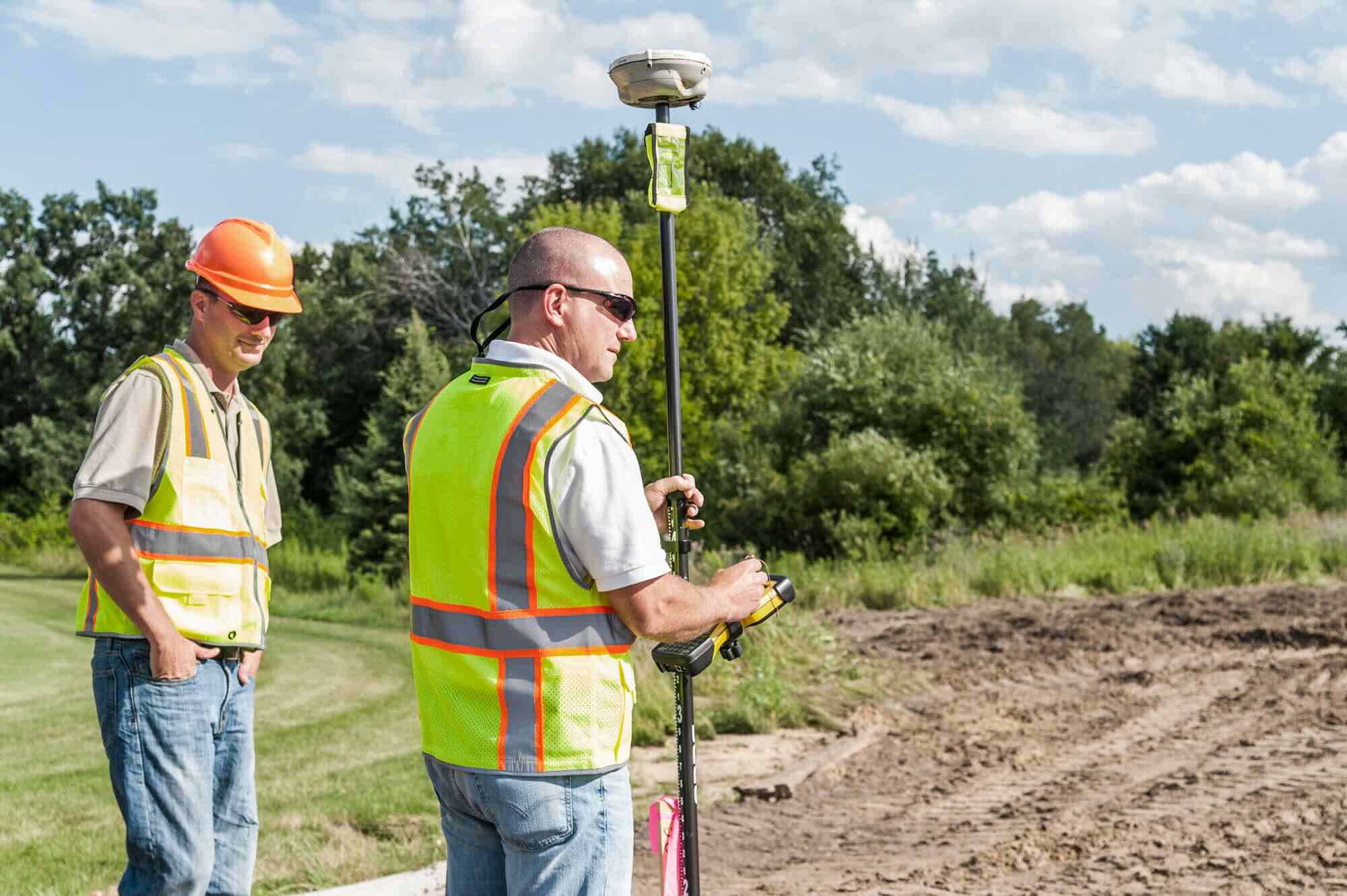


0 thoughts on “What Is Hauling In Construction”